Fat Reduction
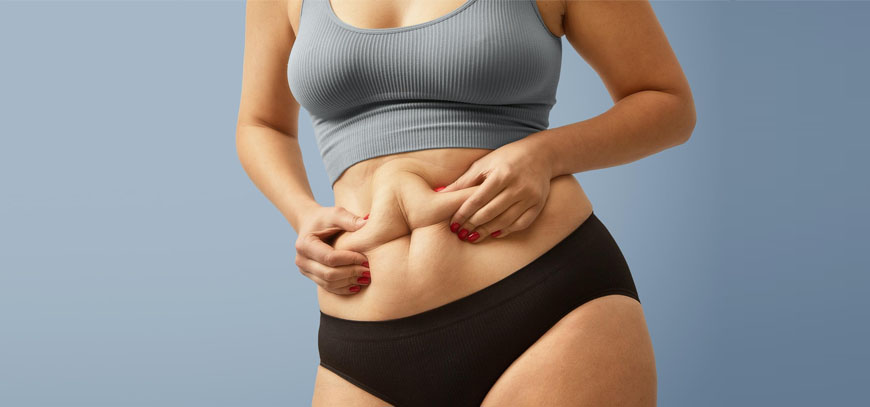
Non-surgical fat reduction encompasses a range of minimally invasive procedures targeting specific areas to effectively reduce the size of subcutaneous fat pockets. These fat deposits reside beneath the skin but above the muscle layer. Many FDA-cleared treatments are now accessible, each offering gradual and modest fat reduction without the need for surgery or any significant recovery time. These non-invasive approaches provide a viable alternative for individuals seeking to address localized fat concerns without undergoing surgical procedures.
What is Fat Reduction Surgery?
The realm of nonsurgical fat removal procedures offers a remarkable aesthetic solution, targeting and eliminating small, unwanted fat deposits by effectively destroying fat cells. Within this domain, two primary types of devices are currently employed for this purpose: ultrasound and cold energy-based treatments, commonly known as cryolipolysis.
These cutting-edge technologies enable precise and controlled fat reduction in specific areas without the need for surgery, providing individuals with a non-invasive approach to tackle localized fat concerns and enhance their body contours.
Why should you do non-surgical fat reduction treatment?
In certain cases, certain individuals may find that despite their efforts with diet and exercise, stubborn pockets of fat persist and do not respond to these traditional methods. For those facing this challenge, nonsurgical fat reduction emerges as a potential suitable option.
The advantages of nonsurgical fat reduction include:
- Targeting and eliminating unwanted fat from stubborn areas that have been resistant to diet and exercise.
- Achieving a slimmer and more contoured appearance in specific areas of the body, all without the need for surgery.
- Experiencing an improved fit in clothing, as the treatment helps reduce localized fat deposits that may have affected clothing choices.
- Enhancing self-image and self-confidence by addressing areas of concern and achieving a more desired body shape, potentially leading to increased self-assurance and satisfaction.
With nonsurgical fat reduction treatments, individuals can find a non-invasive solution to their localized fat challenges, enjoying the benefits of a more sculpted and confident version of themselves.
What are the Fat Reduction Procedures?
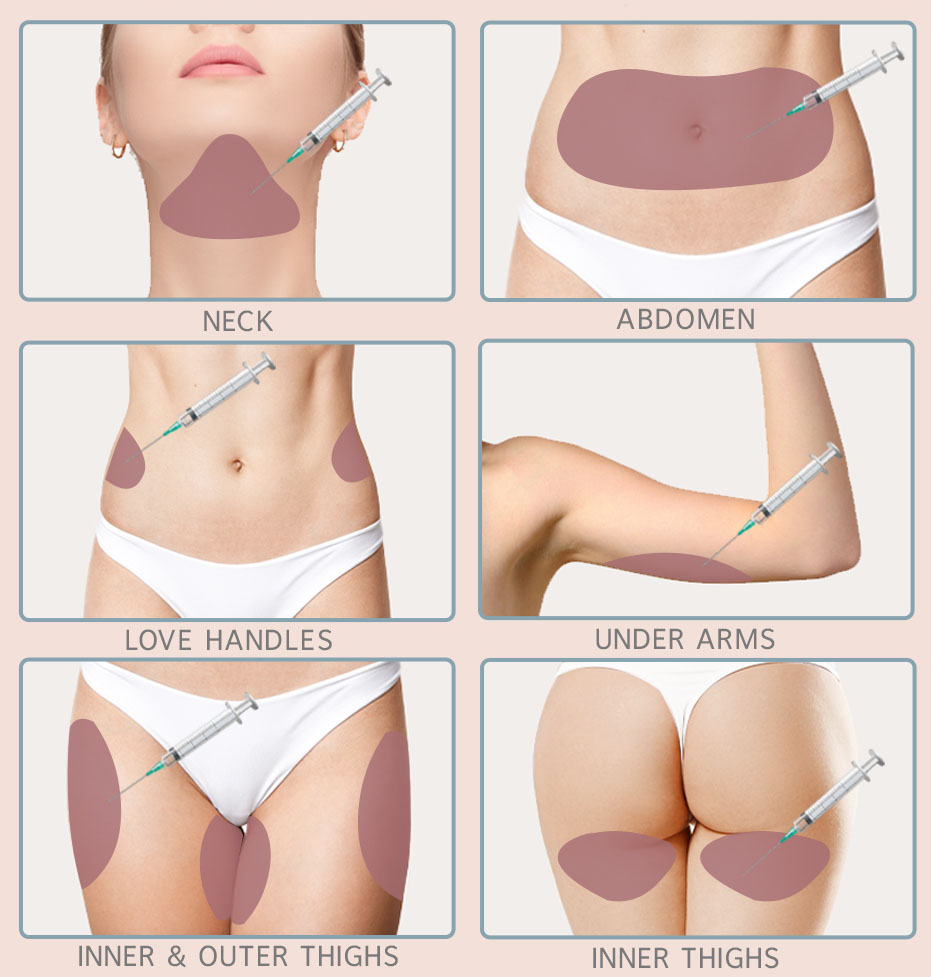
Within the realm of non-surgical fat reduction, various options exist, ranging from minimally invasive to completely non-invasive approaches.The non-surgical fat reduction procedures include latest technology which uses heat, cooling or injection solutions to reduce stubborn fat cells and improve body contours without surgical scars.
Globally, individuals have access to several effective non-surgical fat reduction methods, including cryolipolysis, laser fat reduction, ultrasound, radio frequency-based treatments, and injectables.
Livglam Clinic in Bangalore employs cutting-edge technology to perform non-invasive fat reduction procedures. This advanced technology allows for effective and non-surgical fat reduction, offering individuals a safe and reliable solution to target and eliminate unwanted fat in specific areas without the need for invasive surgery.
Benefits of Non-Surgical Fat Reduction treatment
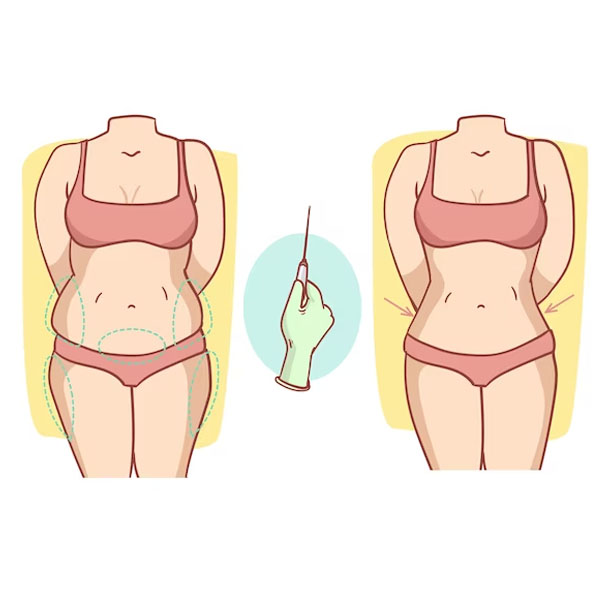
Rapid Recovery:
One of the key benefits is the absence of downtime. After the sessions, patients can promptly return to their regular activities without any extended recovery period.

Anesthesia-Free:
Unlike traditional surgical procedures, non-invasive fat reduction methods do not require general or local anesthesia, making the process less invasive and reducing associated risks.

Long-Lasting Results:
Patients can enjoy lasting results by maintaining a healthy lifestyle following the treatment. Consistent adherence to healthy habits can help sustain the achieved fat reduction outcomes.
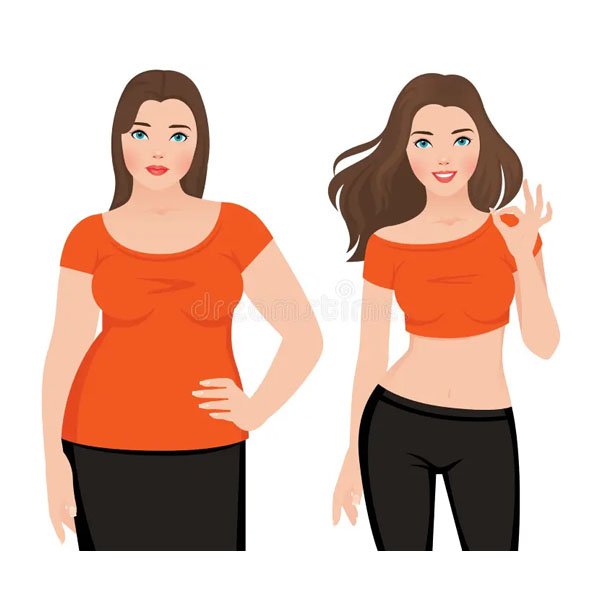
Effective Fat Reduction:
Non-invasive fat reduction has proven to be a successful method for reducing fat in specific areas, enabling individuals to target and eliminate stubborn fat pockets effectively.

Enhanced Safety:
Non-invasive techniques are considered safer than traditional surgical methods for fat reduction. The absence of incisions and stitches significantly reduces the risk of complications and infections.
Choosing non-invasive fat reduction methods presents patients with these compelling advantages, making it a preferred option for those seeking a safer, effective, and more convenient way to achieve their desired body contours.
What is HIFU non-surgical fat reduction?
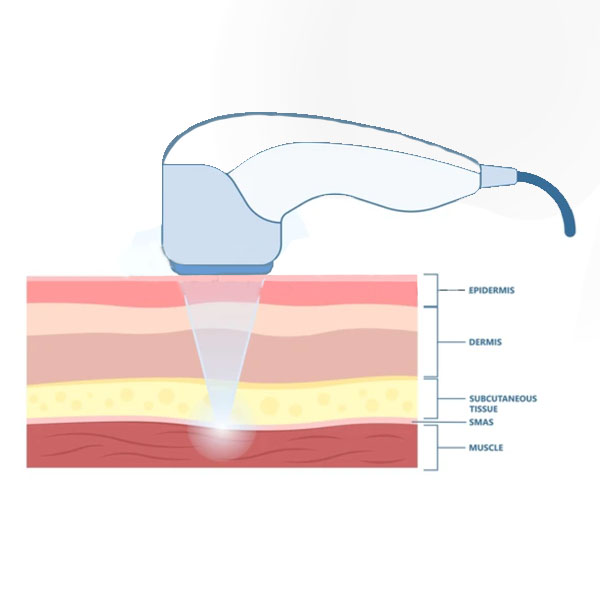
The Ultra former III stands as an advanced high-intensity focused ultrasound (HIFU) apparatus, meticulously crafted to diminish fatty tissue, foster contour refinement, and initiate skin revitalization.
Employing cutting-edge technology, our medical-grade instrument administers ultrasound energy with pinpoint accuracy to specific tissue depths. This controlled application generates heat, triggering the breakdown of fat cells and facilitating a reshaping of bodily tissues. Concurrently, the process encourages the elevation and firming of lax skin, contributing to an overall more lifted and tightened appearance.
What are the possible side effects of fat melting treatments?
After undergoing Fat Melting treatment, individuals may encounter several common immediate side effects. These include temporary redness, firmness, occasional pinching sensations, minor swelling, tenderness, bruising, stinging, tingling, numbness, heightened skin sensitivity, and mild to moderate pain. Additionally, transient muscle cramping can be experienced.
It's noteworthy that these effects might persist for a few weeks following the procedure. In the initial weeks after CoolSculpting, other commonly reported side effects could include itchiness, particularly notable a few days post-procedure, and occasional instances of diarrhea, attributed to the removal of deceased fat cells from the body. Furthermore, individuals who undergo treatments focusing on the neck or chin region might encounter a feeling of throat fullness during this period.
Fat Reduction Surgery Cost in Bangalore
Non-invasive weight loss procedures present a range of benefits, offering a safer, more straightforward, and convenient alternative compared to weight-loss surgeries, which often come with significant costs and potential complications. Choosing non-surgical methods can be more affordable while still providing effective outcomes.
In India, the fat reduction surgery cost typically varies between Rs 2,000 and Rs 8,000, contingent upon factors such as the chosen method's safety, efficacy, and achieved results. This cost range allows individuals to select an option that suits their budget and preferences, while still benefiting from the advantages of non-invasive approaches in their pursuit of achieving their desired weight loss goals.
Frequently Asked Questions:
No, non-invasive weight loss treatments are generally well-tolerated and involve minimal discomfort. Most procedures utilize advanced technologies designed to provide a comfortable experience, and patients typically experience little to no pain during the sessions.
Yes, non-invasive weight loss treatments are designed to target and reduce fat in specific areas of the body. These treatments offer a personalized approach, allowing individuals to focus on problem areas, such as the abdomen, thighs, arms, or love handles, for more precise and tailored results.
The number of sessions required can vary depending on individual factors, including the treatment method chosen, the amount of fat to be addressed, and the desired results. In general, patients may start noticing improvements after a few sessions, with optimal results becoming apparent within a few weeks to months.
Non-invasive weight loss treatments are generally safe for many individuals; however, certain factors may affect eligibility. Pregnant or breastfeeding women, individuals with certain medical conditions, or those with specific medical implants may not be suitable candidates. A consultation with a qualified healthcare professional will determine the suitability of these treatments for everyone.
While non-invasive weight loss treatments typically require little to no downtime, some aftercare measures may be advised. This may include staying hydrated, maintaining a healthy diet, and engaging in light exercise to help optimize and maintain the results achieved. Your healthcare provider will provide personalized post-treatment instructions based on your specific treatment and goals.
Procedure Time:
- 30-45 minutes
Anesthesia:
- None
Recovery:
- No down time
Number of sessions:
- 4-6 session
Results:
• Seen in 1-2 sessions
Duration of results:
• Permanent improvement with 95% success rate
Risks & complications:
• Mild redness, itching or swelling
* Individual results and reactions may vary.
